Last month I was at a vitamin and nutritional supplement trade show and I came across a couple of companies who make beet products. These products enhance energy, metabolism, and overall health.
Before we go into the products that I absolutely love, I want to first explain why I love beets so much.
Benefits of beets include :
Improved circulation, great for eye health, lowering cholesterol, improved athletic performance, increased stamina, builds red blood cells. Did you know beets are fantastic for your blood? I have found beets to help manage my anemia. Eat your beets and you will feel more beautiful in every way.
They are also super great for the digestive system!
My Two Favorite Products:
- HumanN products: http://humann.com
- Bare Organics: bareorganics.com
HumanN hosts a range of supplemental beet products that are scientifically backed by Nitric Oxide. Nitric Oxide is a molecular chemical compound that is dubbed the “miracle molecule.” It’s a critical signaling molecule in the cardiovascular and circulatory system. Our bodies need this compound in order to survive.
Bare Organics provide superfoods that are USDA Certified Organic, Raw, Natural, Chemical-Free and Non GMO. They methodologies like freeze drying and low temperatures to preserve the freshness of their foods.
For me, both supplements work best on an empty stomach, a few mornings each week. Beets make me feel nourished and infused with health. They has truly enhanced my mind, body, spirit equilibrium.
If you’re traveling and want to be pepped with energy, the Bare Organics small packages are the perfect sized portion to keep your spirit feeling revived.
The other night I was at a restaurant and was chatting with a women who owns a juice bar— we both agreed that beets are HOT. Beets are one of the healthiest foods you can juice, hands down. If you have never tried beet juice, now is the time to start.
A Very VERY Brief History of Beets
Beets were regarded by many ancient cultures as medicine — a testimony to their potency.
Beets or beetroots (as they are often called) belong to the Chenopodiaceous family. Their history stretches back to ancient times, and the earliest signs of their cultivation was approximately 4,000 years ago in the Mediterranean region.
From there, they were transported to Babylon, and by the 9th century AD, beets had made their way into Chinese culture and cuisine. They have long been associated with sexuality and have been used as an aphrodisiac for thousands of years.
What Can Beets Be Used For?
Beetroot is frequently added as an ingredient to salads, soup, pickles and is also used as a natural coloring agent. Even though beets are available throughout the year, they are still considered seasonal vegetables. Besides their use as a whole food item, beets are valuable as a source of sucrose, which makes them a viable replacement for tropical sugar cane. They are frequently used to make refined sugar.
A More Detailed List of Health Benefits for Beets:
- Reduces Birth Defects
- Prevents Certain Cancers
- Improves Liver Health
- Prevents Respiratory Problems
- Prevents Cataracts
- Capillary Fragility
- Aphrodisiac
- Boosts Energy Levels
- Degeneration
- Prevents Strokes
A Few Words of Warning: Beets contain oxalates, which when consumed in excess can cause bodily fluids to crystallize. People with kidney or gallbladder problems should avoid beetroots because they could exacerbate kidney and bladder stones.

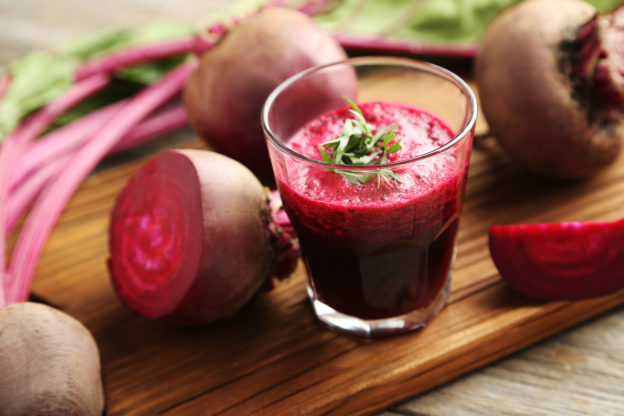

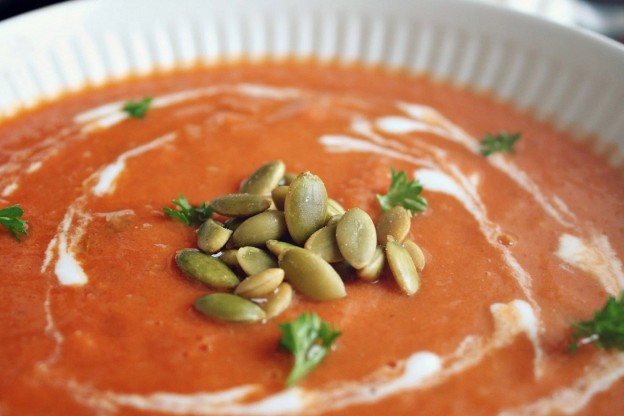
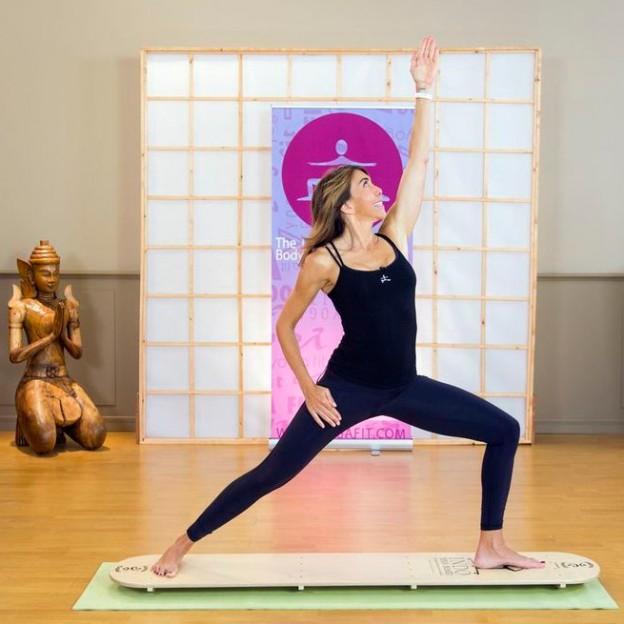
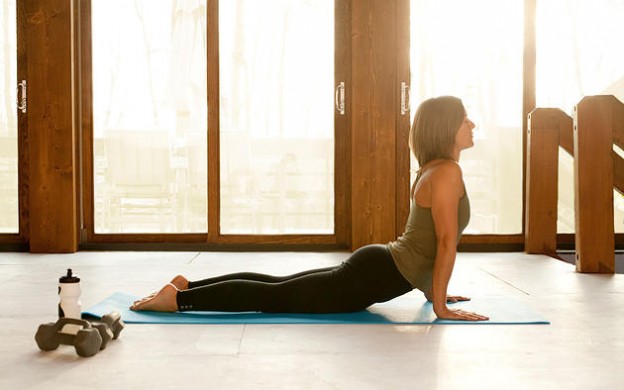

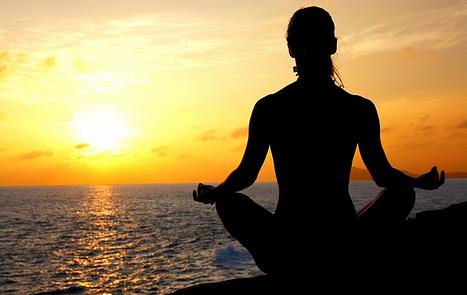
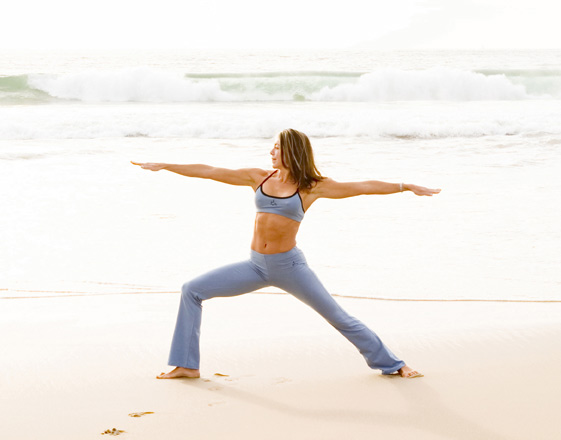
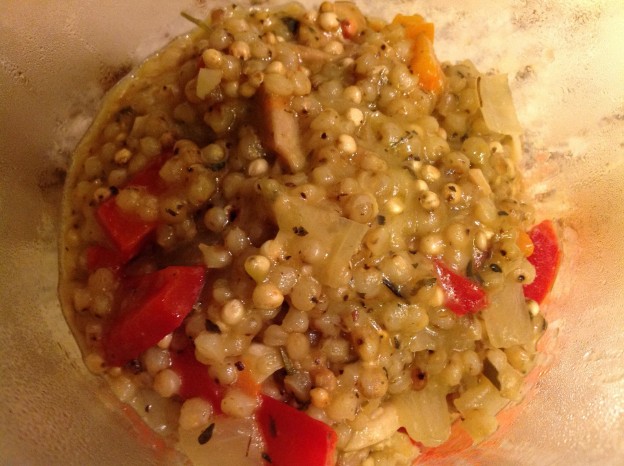
 Instructions:
Instructions: My name is Rene’ MacVay and I am an E-RYT 200 (RYT 500 should be done in 2015). During the day I teach high school English, Speech, and AP Art History and in the afternoons and evenings I teach yoga, pilates, and personal train. My hobbies include reading and cooking. I love reading as I either gain knowledge or am transported to another time and place! I love cooking for the artistry and the creativity it allows me to express.
My name is Rene’ MacVay and I am an E-RYT 200 (RYT 500 should be done in 2015). During the day I teach high school English, Speech, and AP Art History and in the afternoons and evenings I teach yoga, pilates, and personal train. My hobbies include reading and cooking. I love reading as I either gain knowledge or am transported to another time and place! I love cooking for the artistry and the creativity it allows me to express.







